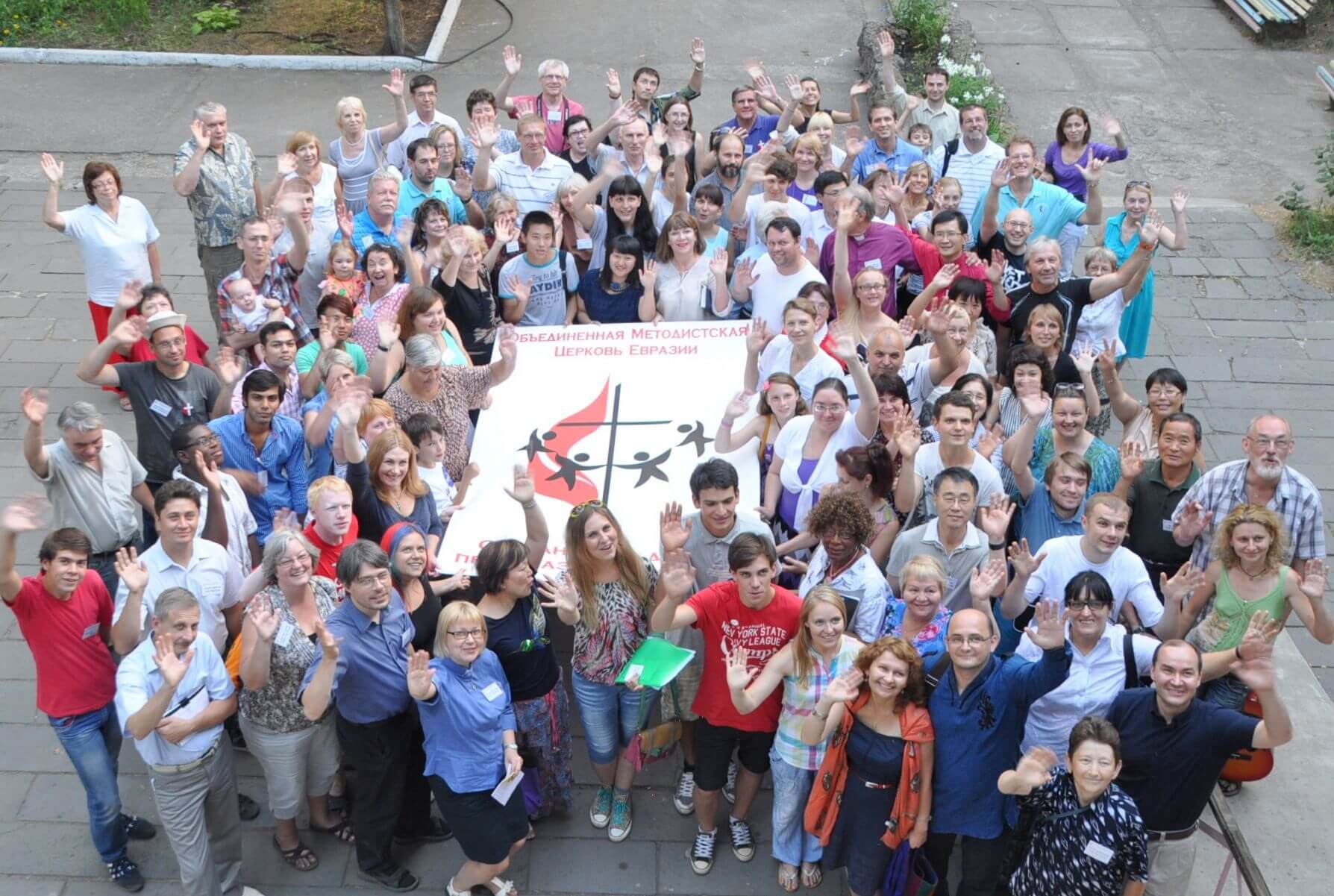Russia and Belarus In Mission Together

Project Information
Funding pastors’ salaries and church ministries, and establishing new churches
Describe the need affecting community
How will this Advance project help to address the need?
The Eurasian United Methodist Church began in 1991 as a Mission Initiative which focused on a partnership model which involved local churches, districts and Annual Conferences. This was re-igniting a Methodist presence within Russia and Belarus after an absence of almost 70 years! The goal has always been to develop a self-sustaining church within the Eurasian context or culture. In 2009 a five-year vision was adopted called “The Roadmap to 2015.” This plan put emphasis on five key areas of growth: quality in ministry, education, self-sufficiency, mission and growth, and social outreach. In May 2015, at the first and historic Summit held outside of the United States in Moscow, Russia, a new 2016-2022 Roadmap was adopted. As the Eurasian United Methodist Church continues to formulate its own dreams and visions for ministry, they seek to empower not only their own people but also to share their insights and resources with the global church. The 2022 Roadmap will serve as a guide to strengthen and grow church leadership, moving beyond its institutional structures to create self-sustaining communities that will empower the local church to stand on its own while forging deeper relationships and partnerships. “We live on the threshold of a new paradigm. It brings to us a new way of thinking, new approaches to evangelism, and new understanding of modern human beings. We are called to be active participants in the movement of the Spirit and make a breakthrough in the development of Christian mission,” states Bishop Eduard Khegay.
Describe the primary goal of the project
United Methodists in Russia and Belarus have adopted a new seven-year Roadmap for 2017- 2022 which focuses on the following key areas:
* Methodist identity—with focus on theology, media, music, family ministry, and spiritual disciplines. Measurable outcome will be seen in the output of printed materials for study, reflection and the practice of spiritual disciplines.
* Leadership development of laity and pastors – Measurable outcome will be seen in strengthening and increasing the number of courses in Centers for Church Leadership” and the offering of other Leadership District and Conference events.
* Mission and missionary involvement within Eurasia and beyond. Measurable outcome will be seen in the number of UMVIM groups and individuals which participate and also the number of new churches which are planted.
* Financial self-sufficiency. Outcome measured by Advance gifts decreasing for local church ministries but increasing for church planting and new projects.
* Strengthening of inter-religious relationships. Outcome measured on the number and agendas of inter-religious meetings.
Contact Information
Prumeh Lee
eurasiaimt@gmail.com
Ullas Tankler
UTankler@umcmission.org

